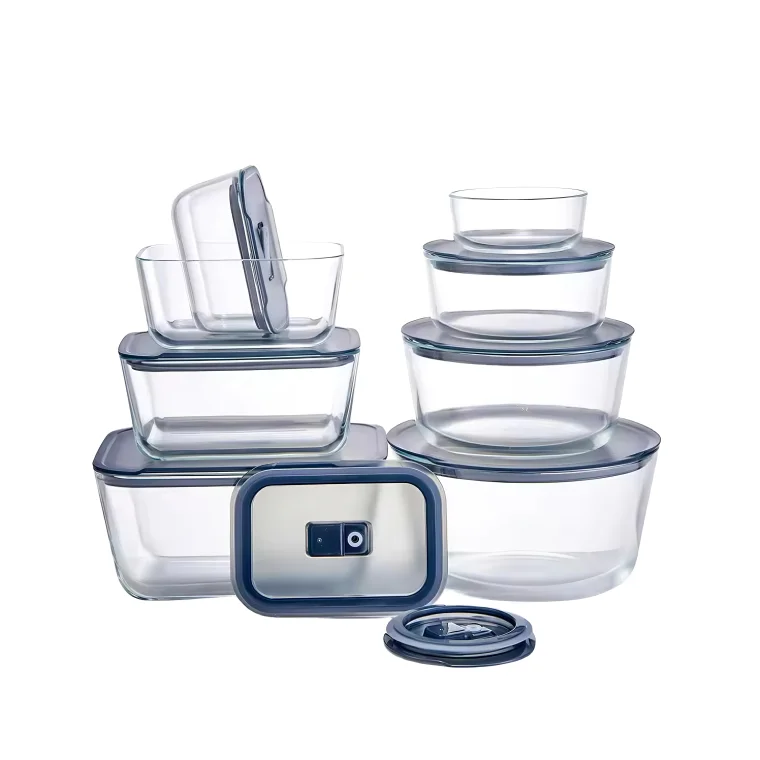When it comes to outdoor gear and apparel, the choice of fabric can significantly impact performance, durability, and comfort. Two of the most popular synthetic materials used in outdoor products are nylon and polyester. Each has its unique properties, advantages, and disadvantages, making the decision of which is better for outdoor use a nuanced one. In this article, we will delve into the characteristics of nylon and polyester, compare their performance in various outdoor conditions, and help you make an informed choice for your next adventure.
Understanding the Basics: Nylon and Polyester
Nylon is a synthetic polymer, specifically a type of polyamide, first developed in the 1930s. Known for its strength and elasticity, nylon is often used in applications requiring durability and resistance to wear and tear. It is also lightweight and has a natural resistance to mildew and mold, making it a popular choice for outdoor gear.
Polyester, on the other hand, is a category of polymers that includes various types of fibers, most commonly polyethylene terephthalate (PET). Polyester is known for its excellent resistance to UV rays, quick-drying properties, and overall durability. It is often used in clothing, tents, and outdoor gear due to its ability to maintain shape and resist shrinking and stretching.
Performance Comparison in Outdoor Conditions
- Durability and Strength
When it comes to durability, nylon typically outperforms polyester. Nylon fibers are inherently stronger and more resistant to abrasion, making them ideal for high-stress applications such as climbing gear, backpacks, and tents. However, polyester has made significant strides in recent years, with advancements in technology leading to stronger polyester fabrics that can withstand considerable wear.
- Water Resistance
Both nylon and polyester can be treated to enhance their water resistance, but their natural properties differ. Nylon absorbs more water than polyester, which can lead to increased weight when wet and longer drying times. Conversely, polyester tends to repel water better, making it a favorable choice for outdoor clothing and gear that may encounter rain or moisture.
- UV Resistance
Polyester has a clear advantage when it comes to UV resistance. It is less likely to fade or degrade when exposed to sunlight over extended periods, making it a preferred choice for outdoor furniture, awnings, and tents that will be used in sunny environments. Nylon, while still durable, can break down more quickly under UV exposure unless treated with protective coatings.
- Breathability and Comfort
In terms of breathability, both fabrics have their merits. Nylon is often softer and more comfortable against the skin, making it a popular choice for activewear. However, polyester has superior moisture-wicking properties, which can help keep you dry during strenuous activities. For outdoor enthusiasts engaged in high-intensity sports, polyester may provide a more comfortable experience.
Environmental Considerations
As sustainability becomes an increasingly important factor in consumer choices, it’s worth noting the environmental impact of nylon and polyester. Both materials are derived from petroleum, but polyester is often considered slightly more eco-friendly due to its potential for recycling. Recycled polyester, made from post-consumer plastic bottles, is gaining popularity and can reduce the environmental footprint of outdoor gear.
Conclusion: Making the Right Choice
Ultimately, the decision between nylon and polyester for outdoor use depends on the specific application and personal preferences. If you prioritize strength, elasticity, and a soft feel, nylon may be the better choice for items like climbing gear or high-performance jackets. On the other hand, if you need UV resistance, quick-drying capabilities, and moisture-wicking properties, polyester could be the way to go.

